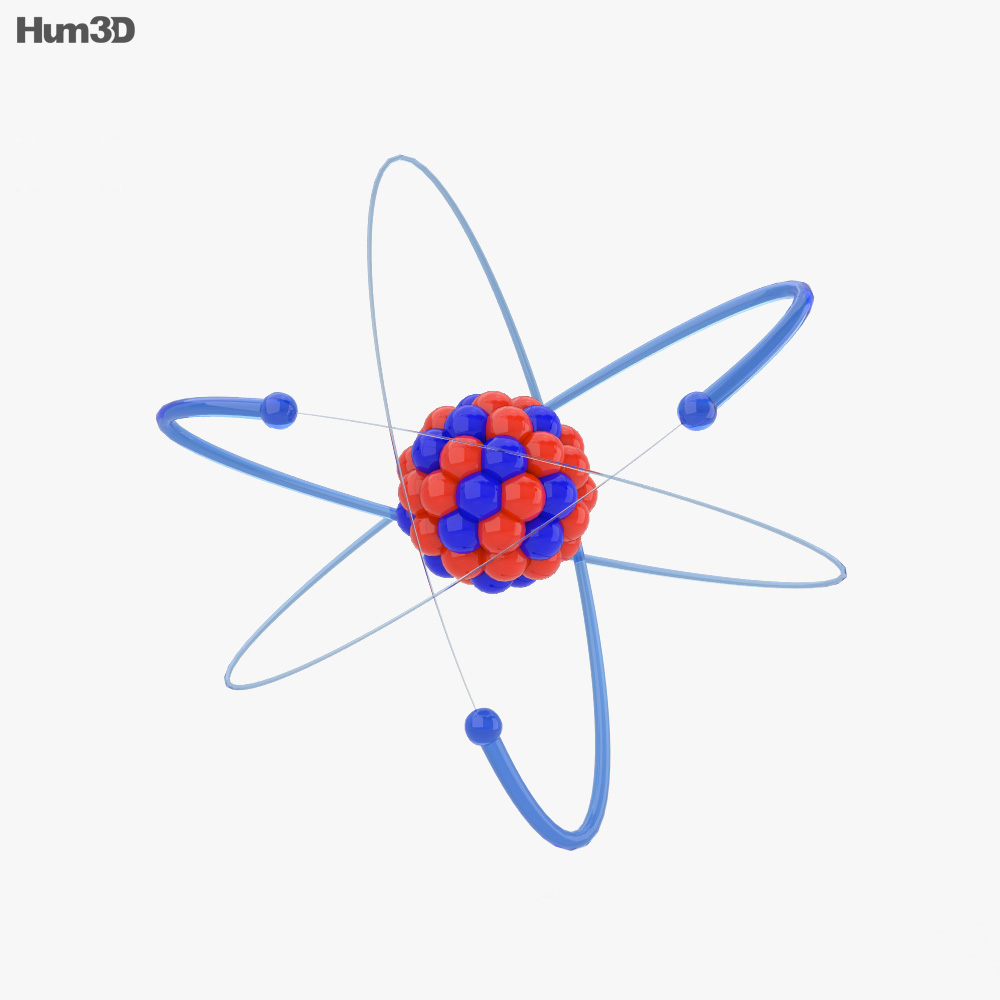
However, his model worked well as an explanation for the emissions of the hydrogen atom, but was seriously limited when applied to other atoms. Moving up the ladder increases your potential energy, while moving down the ladder decreases your energy.īohr's work had a strong influence on our modern understanding of the inner workings of the atom. He defined an atom as the smallest indivisible particle. The Bohr model shows the atom as a central nucleus containing protons and neutrons, with the electrons in circular electron shells at specific distances from the nucleus, similar to planets orbiting around the sun. As you move up or down a ladder, you can only occupy specific rungs and cannot be in the spaces in between rungs. Daltons atomic model sets up the building blocks for others to improve on. An early model of the atom was developed in 1913 by the Danish scientist Niels Bohr (18851962).

An everyday analogy to the Bohr model is the rungs of a ladder. The electron is not allowed to occupy any of the spaces in between the orbits. The orbits that are further from the nucleus are all of successively greater energy. The ground state of the hydrogen atom, where its energy is lowest, is when the electron is in the orbit that is closest to the nucleus. When the electron is in one of these orbits, its energy is fixed. It accounts for a wide range of physical phenomena, including the existence of discrete packets of energy and matter, the uncertainty principle, and the exclusion principle.Īccording to the Bohr model, often referred to as a planetary model, the electrons encircle the nucleus of the atom in specific allowable paths called orbits. A carbon atom has 6 protons and 6 neutrons and a net charge of +6. This is a theory based on the principle that matter and energy have the properties of both particles and waves. Bohrs model of the hydrogen atom, Rutherford-Geiger-Marsden experiment.

Can you describe the differences between the original atomic model and the plum pudding. This page contains materials for the session on the atomic models of Rutherford. Democritus came up with the concept that matter is composed of atoms. The electrons are negatively charged particles that orbit the nucleus’s centre. This was the basis for what later became known as quantum theory. Can you name the four scientists credited with the atomic models 2. Atomic structure is the structure of an atom that consists of a nucleus (the centre), protons (positively charged), and neutrons (neutral). When the energy is removed, the electrons return back to their ground state, emitting a corresponding amount of energy-a quantum of light, or photon. (Credit: Zachary Wilson Source: CK-12 Foundation License: CC BY-NC 3.0(opens in new window))īohr explained that electrons can be moved into different orbits with the addition of energy. \): Bohr's atomic model hydrogen emission spectra.


 0 kommentar(er)
0 kommentar(er)
